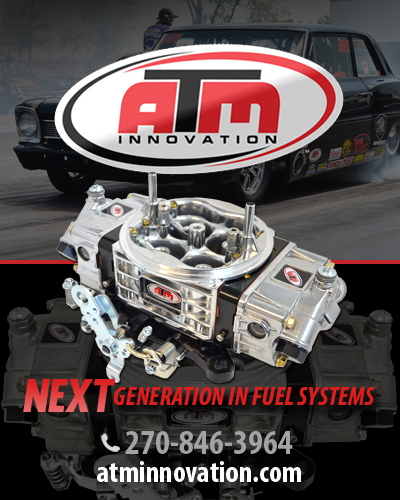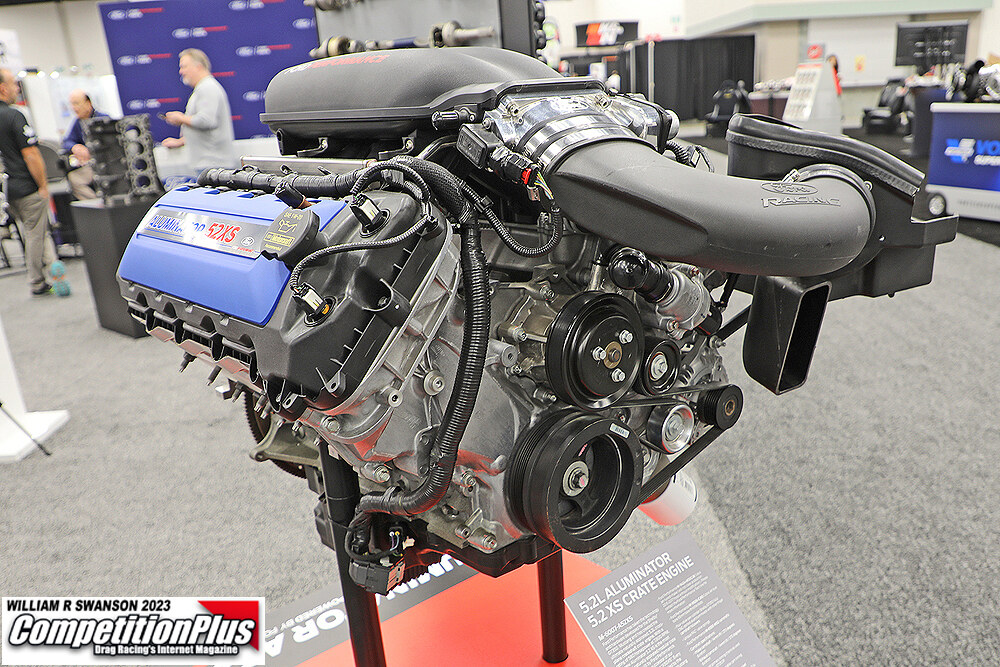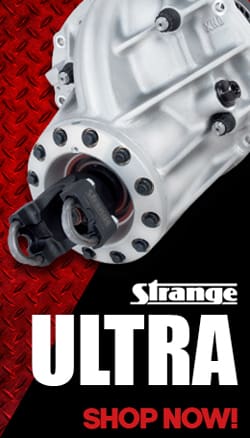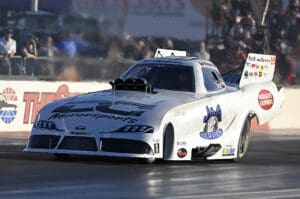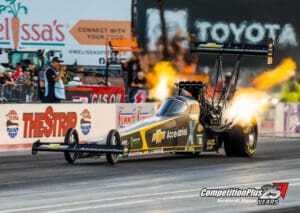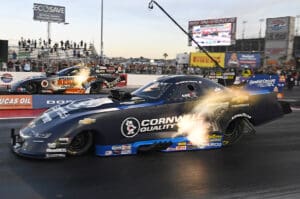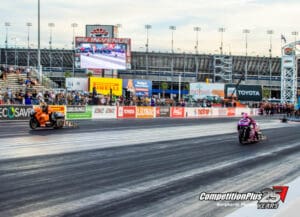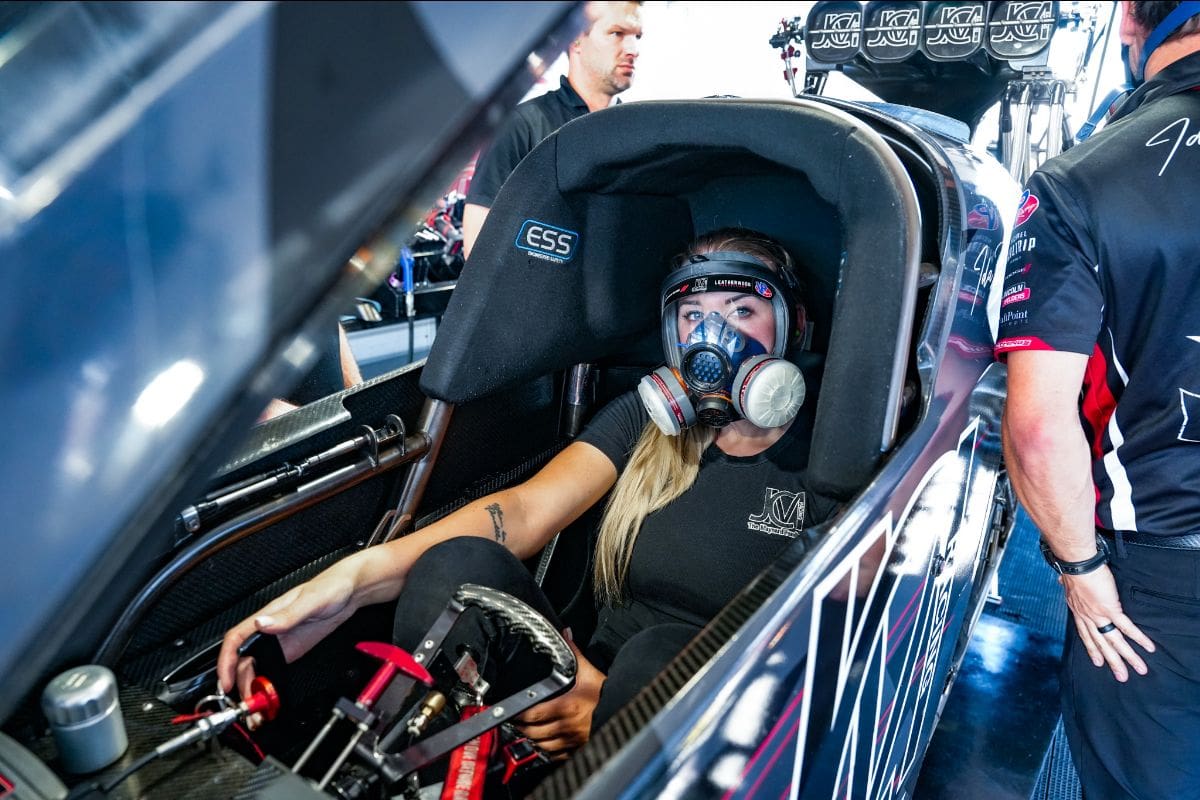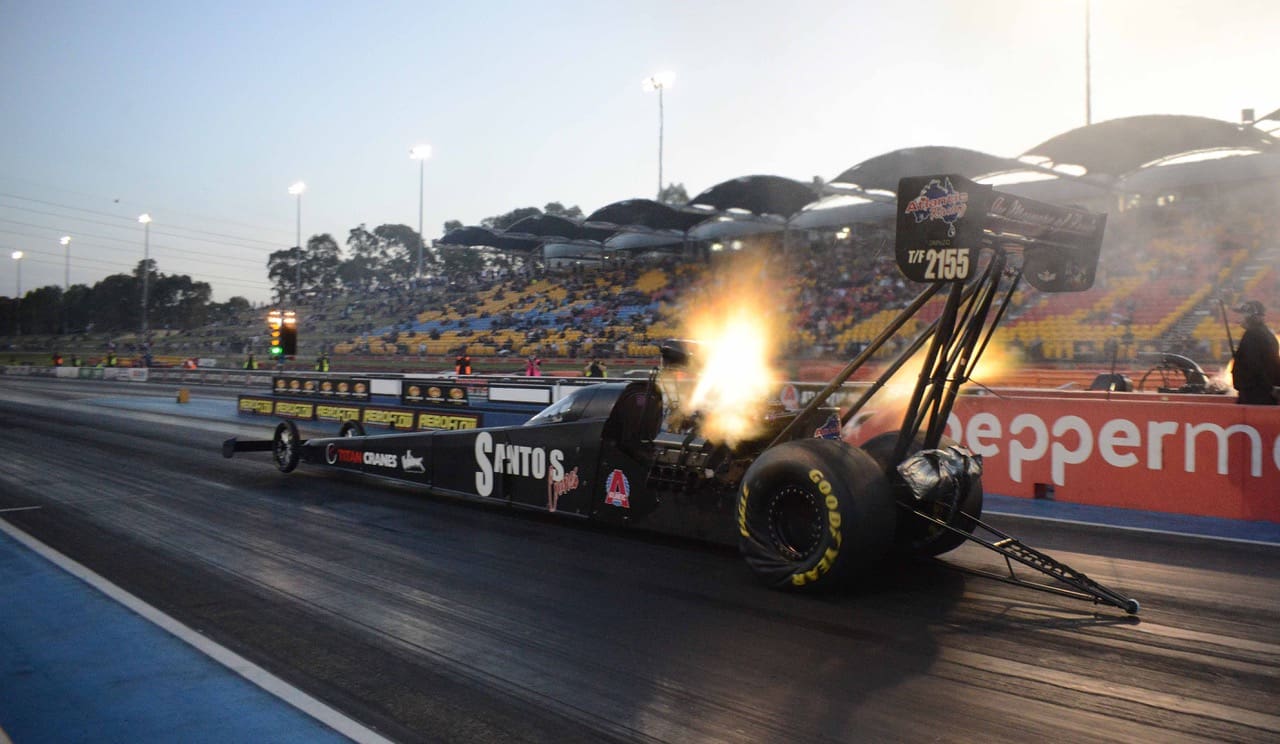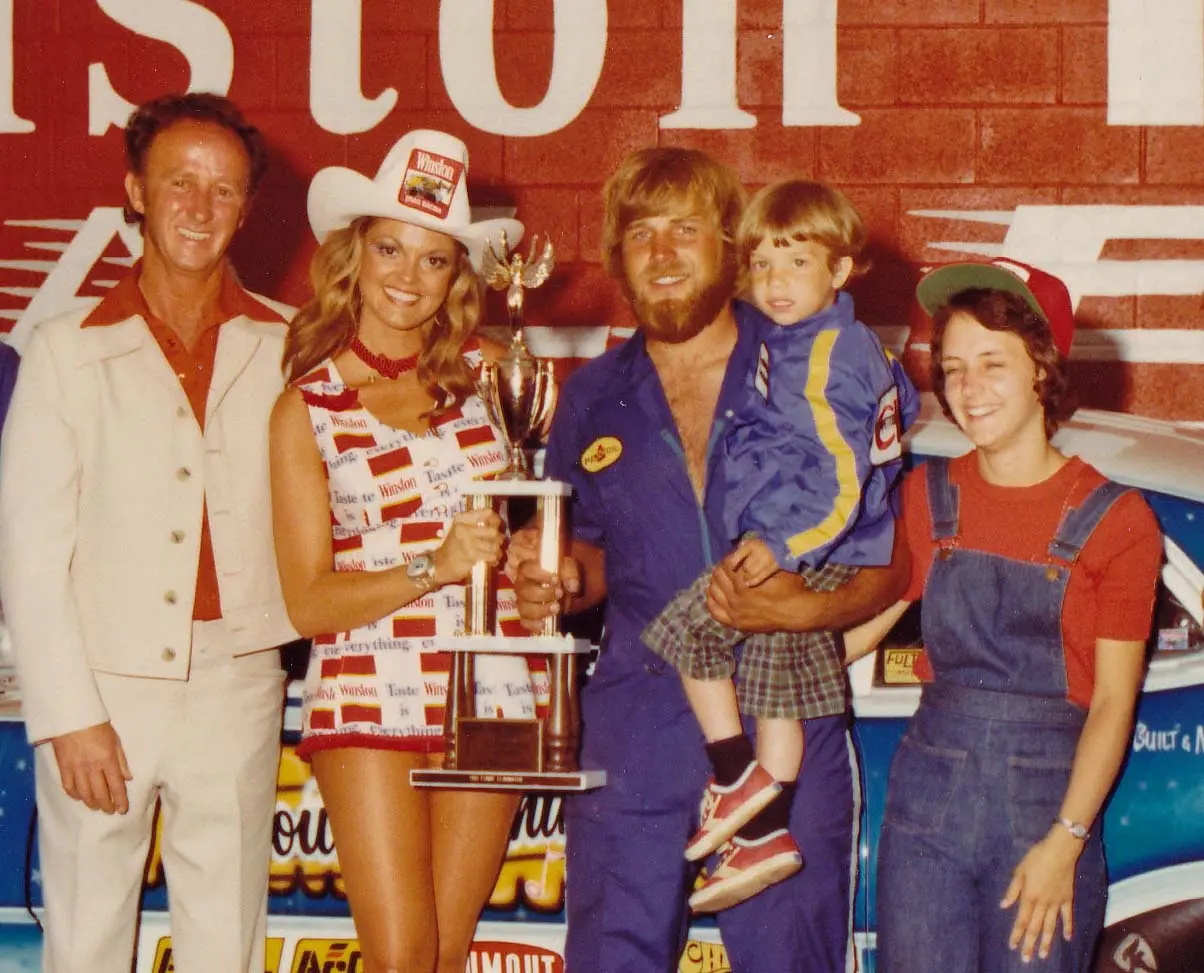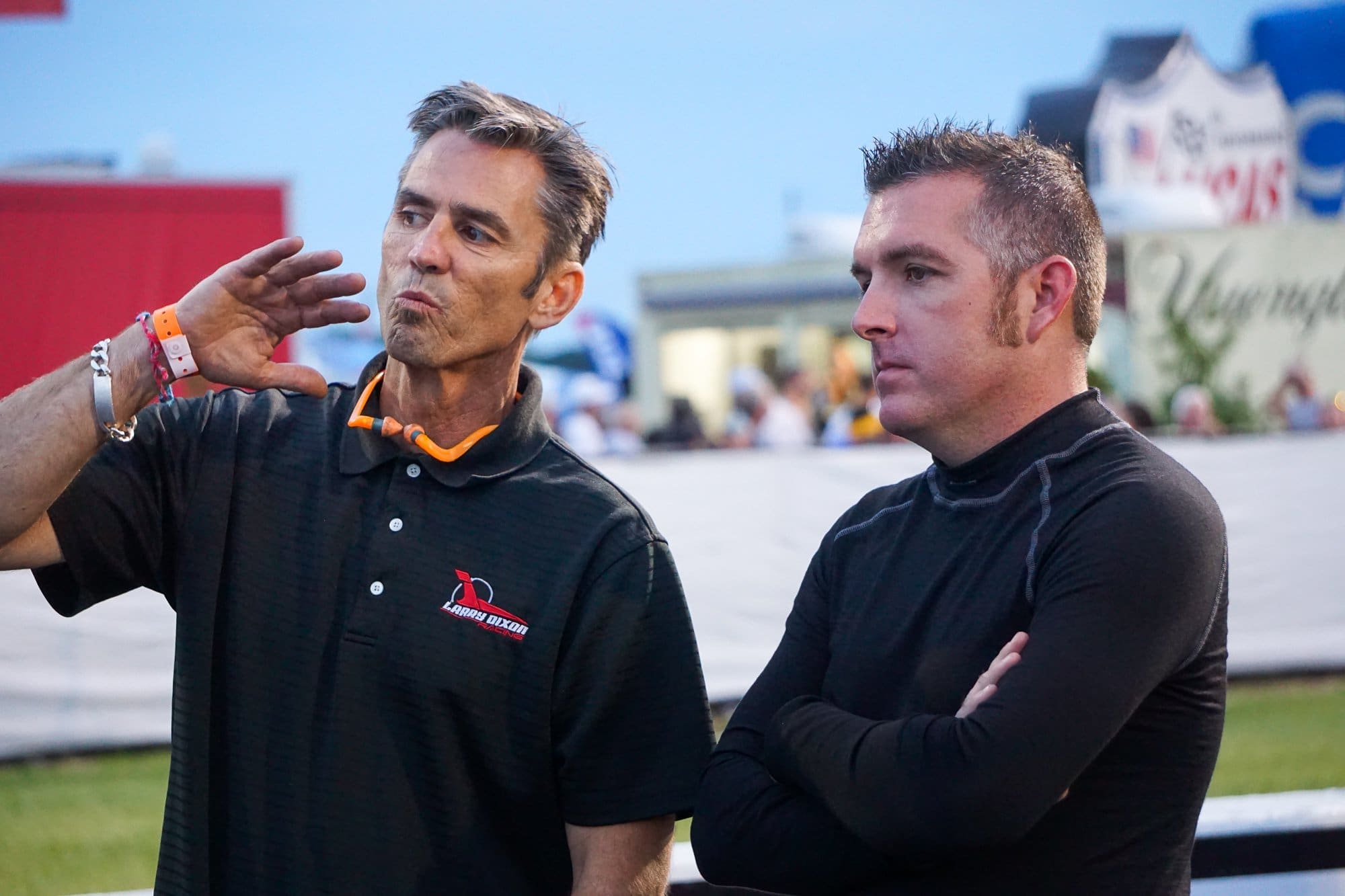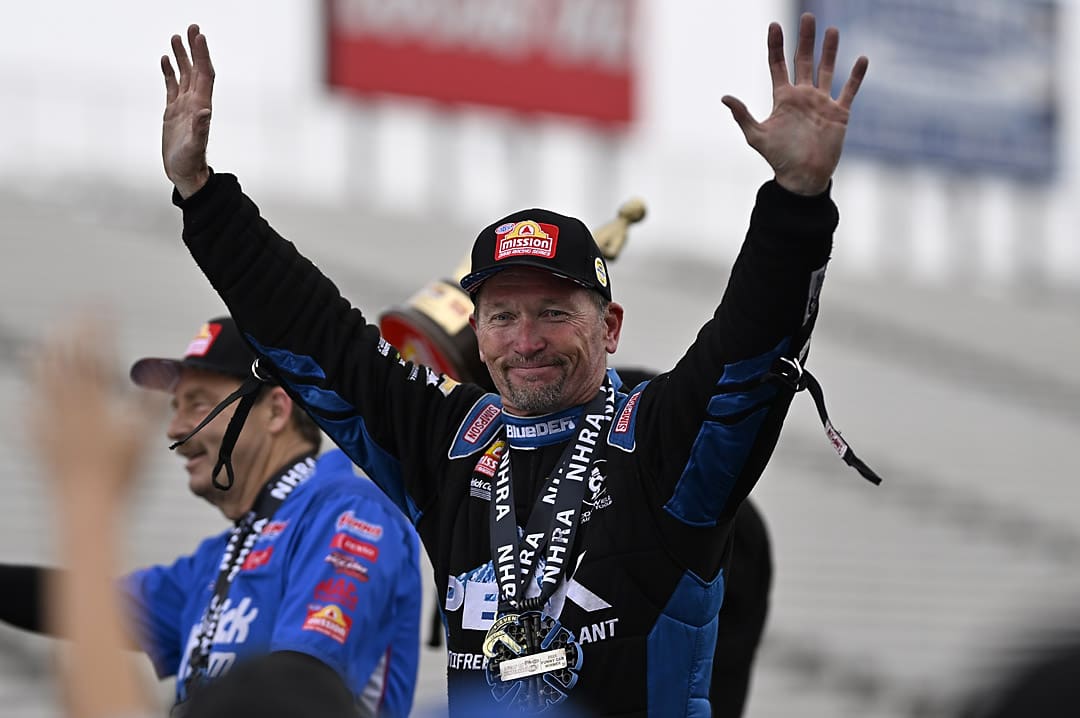 Look! Up in the sky! It’s a bird! It’s a plane! It’s Dougzilla!
Look! Up in the sky! It’s a bird! It’s a plane! It’s Dougzilla!
It’s highly unlikely that anything can top the thrill of driving a Top Fuel dragster.
But Doug Herbert, a winner of 30 Top Fuel national events as a driver, has found something that – in many ways – is as close as he’ll get to recreating the excitement of racing.
These days, Herbert still does a lot of traveling, only now he’s a contract jet pilot for clients who are in a hurry to get from Point A to B with minimal hassle. He’s licensed to fly several models of jets, and all of that started from the private pilot’s license he earned back in 1989.
“I liked flying, initially for a little bit of fun, and then once I started racing, it became an ideal way to get back to work,” Herbert said. “I had to get back to work and run the business (Doug Herbert Performance) and take care of my employees, so it made sense. I could be on my own schedule, I could work until I was ready to leave work, and then as soon as racing was done, I could get back to work.”
He made those to-and-from jaunts in a small, inexpensive, single-engine Mooney that he flew until 1992. On the way back from a race in Pennsylvania, Herbert’s engine began to sputter – and he made a decision right then and there.
“I thought, ‘If I make it, I’m never flying a single-engine plane at night in instrument conditions again,” he said. “I got on the ground and that was it.”
 The Mooney was replaced by a twin-engine Cessna, which was dependable for a while. Then, on the way home to the Charlotte area from a race near Houston, he experienced an engine fire.
The Mooney was replaced by a twin-engine Cessna, which was dependable for a while. Then, on the way home to the Charlotte area from a race near Houston, he experienced an engine fire.
Again, it was decision time. Herbert opted for an upgrade to a Cessna Conquest turboprop, which is similar to a Beechcraft King Air utilized by many teams in motorsports at the time. It was, Herbert said, “a great plane and not super-expensive to operate.”
Around 2000, Herbert found himself in the market for a major enhancement thanks to a big push from former fellow Top Fuel racer Connie Kalitta.
Kalitta launched a business empire in 1967 with Connie Kalitta Services, which moved auto parts around the country. Now, more than half a century later, Kalitta Air is a major player in cargo transport, with 26 Boeing 747s and 12 other jets in its fleet.
In essence, Kalitta forced Herbert’s hand.
“Connie would see me and say, ‘You’ve got to get rid of that eggbeater, you need a jet,’ ” Herbert said. “I said, ‘Connie, I need a jet like I need a hole in the head.’ ”
Head, welcome hole.
“After about a year of him beating me up, I said, ‘Connie, you find me one that I can fly coast-to-coast, non-stop, and I might think about it,’ ” Herbert said. “And he said, ‘Look, you need a Lear 36, that’s what you need.’ ”
Later …
 “I pick up the phone and it’s Connie: ‘Dougie, I found ya a Learjet.’ I said, ‘I don’t know if i’m ready for that.’ I said, ‘First thing, I’ve got to sell my plane.’ He said, ‘Yeah, yeah, I got your plane sold.’
“I pick up the phone and it’s Connie: ‘Dougie, I found ya a Learjet.’ I said, ‘I don’t know if i’m ready for that.’ I said, ‘First thing, I’ve got to sell my plane.’ He said, ‘Yeah, yeah, I got your plane sold.’
“So I said, ‘I’ve gotta get some financing,’ and he said, ‘Yeah, yeah, I’ve got a guy for that, too.’ He kind of called my bluff.”
At the time, Herbert was still enjoying his Top Fuel career. By the time he last took a dragster down the track, at Bristol in 2014, he had amassed 10 NHRA victories to go with his four championships and 20 wins in IHRA action. His IHRA successes included six consecutive triumphs at Bristol (1992-97), and in 2021, he was a member of the inaugural class inducted into the IHRA Hall of Fame.
Herbert sold the Lear about a decade before he retired from racing, partly to avoid the cost of multiple inspections on the horizon. He reverted to a twin turbo-prop until he quit racing. He didn’t do any flying “other than a little bit here and there to stay current” from about 2012-16.
 Then the opportunity to resume flying jets arose via his father-in-law, Felix Sabates, who was a NASCAR Cup team owner or co-owner for more than three decades. Sabates and Doug and Mimi Herbert were on a flight when Sabates complained that he had paid $20,000 for a pilot’s training, only to then have that pilot quit.
Then the opportunity to resume flying jets arose via his father-in-law, Felix Sabates, who was a NASCAR Cup team owner or co-owner for more than three decades. Sabates and Doug and Mimi Herbert were on a flight when Sabates complained that he had paid $20,000 for a pilot’s training, only to then have that pilot quit.
“He took my money and got a job with somebody else,” Sabates lamented.
Herbert said he jumped into the conversation at that point.
“I said, ‘You know I can fly the plane. You’ve got to send me to school for training, but I can fly the plane,’ ” Herbert said. Sabates agreed to foot the bill, then sold the jet after Herbert had gone through the 2.5-week program in which he learned every detail of it.
“So, now I’m a current, trained pilot, and I have no plane to fly,” Herbert said. “I started putting some feelers out around Charlotte and found some people that have the same plane. Did that for a coupla years, flying a few times a month. Then COVID hit, so all of a sudden, being a pilot got really busy because commercial flights were a problem.”
 Herbert also began getting calls to help with emergency medical flights, including one in which he and the co-pilot transported a team of doctors out of Raleigh-Durham International to Detroit to harvest a donor heart for a transplant. They waited for the team to return with the organ, then dashed back to RDU in a race against the clock for the team at Duke University Medical Center to implant it into the recipient.
Herbert also began getting calls to help with emergency medical flights, including one in which he and the co-pilot transported a team of doctors out of Raleigh-Durham International to Detroit to harvest a donor heart for a transplant. They waited for the team to return with the organ, then dashed back to RDU in a race against the clock for the team at Duke University Medical Center to implant it into the recipient.
When Herbert’s co-pilot, who flew commercially for over 30 years, returned to the cockpit for the return trip, he “sat down next to me, like, ‘I can’t believe what I just saw,’ ” Herbert said. “I turned around and looked” and saw a beating heart thumping in a transport cooler.”
There are similarities, he said, between piloting jets and racing dragsters. Both are mechanically complicated, and Herbert says there’s a “feel” for flying like he would have in the seat of a Top Fueler.
“Also, from driving a dragster, you’re kind of looking way far down the road, and that’s how you fly an airplane,” said Herbert, whose larger jets cruise at 550 mph and as high as 45,000 feet, “You’ve got to be looking way far down the road.
“You do so much preparation before you fly, and you set yourself up for any possible situation that could happen while you’re flying. You lose an engine, your windshield cracks, you lose visibility, you lose radios. You’ve got back-ups; sometimes two or three back-ups. I’ve had stuff happen, but we’re trained to deal with it.”
The Federal Aviation Administration requires specific training for planes with a gross weight exceeding 12,500 pounds. Herbert’s training currently permits him to fly nine models of Learjet, the jets in the Hawker 400 line, and the Challenger 604, 605 and 650s.
How does a contract jet pilot find a gig? He posts a resume, just like someone would for any job. In short, Herbert posts his profile to a website and waits to be contacted. Someone in New Jersey or Dallas, for example, may have a jet and need a pilot, and Herbert would be a candidate in any of the jets for which he is qualified. He will fly commercial to where the jet is parked, take the clients to the desired destination, then fly back to Charlotte. He’s flying “six to eight days a month at least,” he said.
Sabates, for one, isn’t the least bit hesitant to board anything as long as his son-in-law is at the controls.
“If he can drive a car 300 miles an hour, he can fly an airplane,” said Sabates, who was involved in NASCAR as a team owner for 32 years before exiting in 2019. “I’ve flown with him at least 75 times. I’m not afraid of flying with him. Turns out that he’s a helluva pilot. He’s got a great pair of hands, and I’m very comfortable flying with him.”
 When Herbert’s not in the air, he’s continuing to devote his time to BRAKES, the program he launched after the highway deaths of sons Jon and James in January 2008. BRAKES trains and educates teen drivers and their parents about the importance of safe, responsible driving, and is a 501(c)3 organization. It is, in a sense, “advanced driver’s education.”
When Herbert’s not in the air, he’s continuing to devote his time to BRAKES, the program he launched after the highway deaths of sons Jon and James in January 2008. BRAKES trains and educates teen drivers and their parents about the importance of safe, responsible driving, and is a 501(c)3 organization. It is, in a sense, “advanced driver’s education.”
“There are still 25,000 to 40,000 people killed every year in the U.S. in car crashes,” Herbert said. “Think about if that were the case with airplanes, there wouldn’t be a single airplane flying around. So that kind of tells you how much training and that extra preparation does for safety. I tried to use some of that pilot training in BRAKES.”
Herbert is proud to note that he has proof that BRAKES works. A five-year study by UNC Charlotte’s Dr. Paul Friday, a juvenile behavioral professor, found that students were 64% less likely to be involved in a crash after participating in the BRAKES program.
Herbert’s driving career isn’t finished. He said he’s not seeking a Top Fuel ride, but would drive again “only if the right opportunity came up.” He’s building a streamliner he hopes to race on the salt flats at Bonneville, Utah, in 2023. That car, which is “more than halfway done,” Herbert said, will be powered by a pair of supercharged Dodge Viper engines that each generate 2,500 horsepower.
Until then, cruising in the clouds eight miles high provides plenty of thrills.
“It’s not a rush like driving a Top Fuel car,” Herbert said, “but what it is is a really good mind exercise because you’ve got to be really focused. When you’re landing and taking off or flying through weather, it requires a lot of brain activity.
“But it’s fun for me because I like exercising my brain. I don’t want it to get soft.”













